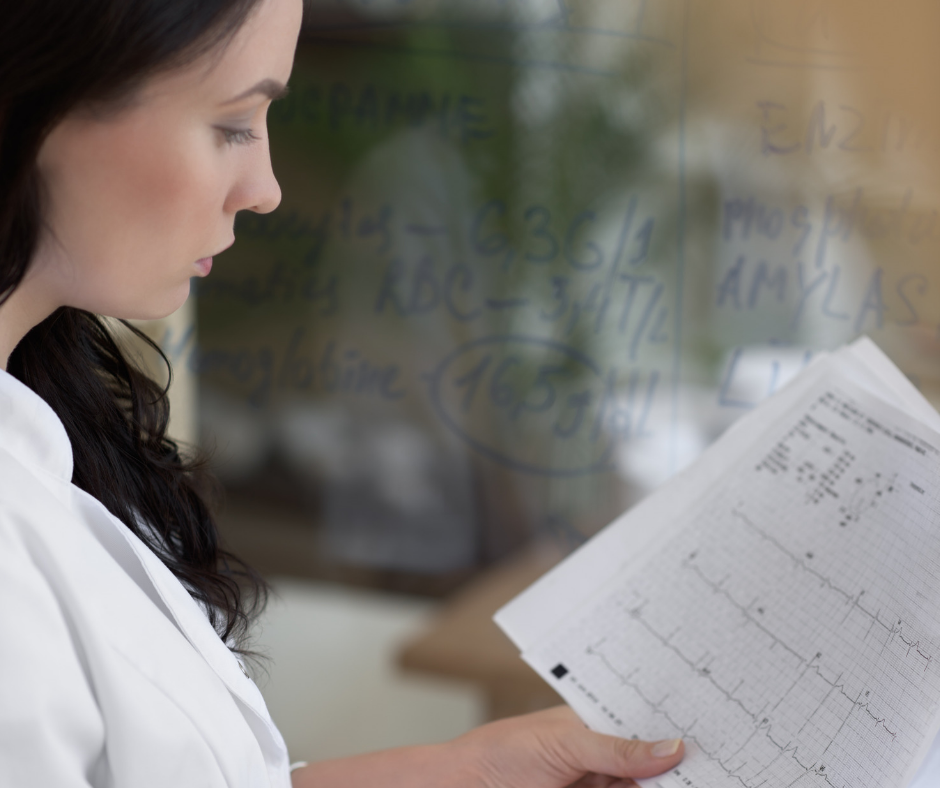Echocardiogram
An echocardiogram (echo) is a test that uses high frequency sound waves (ultrasound) to take pictures of your heart. A probe produces sound waves that bounce off your heart and "echo" back. These waves are changed into pictures viewed on a video monitor.
This test allows the doctor to learn about the size and shape of the heart muscle and to evaluate its function, valves, and the flow of blood through the heart. It helps the doctor to diagnose any problems experienced by the patient and to prescribe the treatment that best meets the health needs of the individual. An echocardiogram is pain-free. The procedure takes about 30 – 45 minutes.

Contrast Echocardiogram
Constrast echocardiography is a type of echocardiogram that uses a contrast solution for better resolution and enhanced imaging of cardiac structures. The contrast echo will be carried out by a cardiologist, registered nurse and cardiac sonographer. An IV will be inserted and the contrast solution will be inserted after the transthoracic echo portion is complete. The procedure takes about 1 hour.
Saline Bubble Study
A saltwater solution is mixed with a small amount of air to create tiny bubbles that will be injected by a cardiologist or registered nurse. The bubbles will circulate to the right side of the heart and will be monitored to see if they move to the left side through a small hole. The study takes approximately 1 hour to complete.
Graded Exercise Stress Test
The exercise stress test is a test used to provide information about how the heart responds to excertion in a controlled clinical enviroment. It enables the doctor to see how a patient's heart is performing during physical activity and, also, to identify possible heart complications during exercise. This test is performed by a qualified registered nurse who will place small disks called electrodes on the patient's chest and a blood pressure cuff around their arm. The electrodes are attached to wires, called leads that are connected to the electrocardiogram machine.
While wearing the electrodes and blood pressure cuff, the patient is required to walk on a treadmill. Every two to three minutes, the technician will increase the speed and incline causing the patient to work harder. By doing this test, the doctor or qualified registered nurse is able to see any changes in the heart's electrical pattern and blood pressure levels, which may indicate that the heart may not be receiving enough oxygen. This test takes approximately 30 minutes to complete.
Holter Monitoring
A Holter monitor is a battery-operted portable device that measures and records your hearts activity continously for 24, 48, 72 or 7 day and 14 day tests. There is no pain or risk associated with this test.
The holter monitor has highly sensitive electrodes—small disks that stick to a patient’s chest—that can pick up the heart's electrical impulses. It records what the heart is doing when a patient is experiencing chest pains or irregular heartbeats A doctor will use this recording to help to diagnose any problems and prescribe a treatment plan that best suits the patient's needs.
For this test, a patient has to visit the hospital to have the monitor fitted and to receive instructions on how to use it. A technician will place electrodes on the patient's chest. These electrodes are attached to wires called leads that connect to a small device to be worn on a belt around the waist. The patient is advised to carry on a normal routine and keep a log of all the daily activities.
For patients who wear monitors for 24, 48, 72 hours you MUST NOT shower or bathe for the duration of the test, as it is important to keep the monitor and electrodes dry. Patients who are asked to wear monitors for 7 to 14 days will be supplied with additional replacement electrodes to permit bathing.



